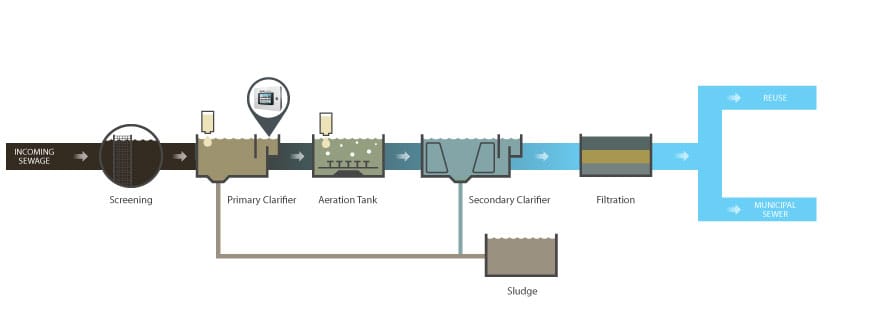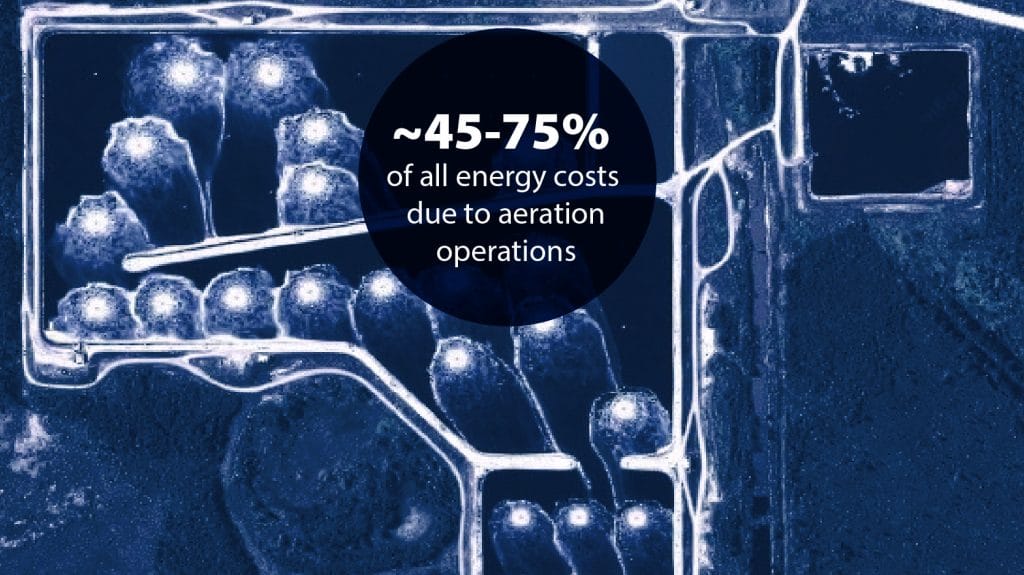PARAMETERS TO MEASURE FOR NUTRIENT DOSING IN WASTEWATER
BOD, COD, TOC, TSS
OVERVIEW
Nutrient dosing in wastewater must be carefully controlled to ensure a favorable nutrient ratio is achieved, resulting in good quality effluent. Real-time online monitoring of organic loading in wastewater, via BOD, COD, or TOC, provides an early indication of high organic loading and the much needed information to achieve the optimal nutrient dose. The benefits of real-time monitoring for nutrient dosing in wastewater include;
- Chemical cost savings through optimal nutrient ratios, avoid under-dosing or overdosing
- Process optimization and maximum treatment efficiency
- Early detection of events/high loading and proactive response to comply with effluent requirements
NUTRIENTS IN WASTEWATER
Wastewaters from industries such as pulp and paper and several types of food processing are rich in carbon but deficient in nitrogen and phosphorus. When wastewater is treated biologically, it is desirable that the ratio of carbon (C) to nitrogen (N) to phosphorus (P) in the wastewater be maintained at approximately 100:5:1. As many industrial wastewaters do not have this balanced proportion of C, N and P, nitrogen and phosphorus need to be added from an external source for effective biological treatment.
BENEFITS OF OPTIMAL NUTRIENT RATIOS
Optimization of nutrient addition is important because adding too little will decrease treatment efficiency, while adding too much will not only increase chemical costs but also introduce unwanted nutrients into the effluent, which may require further treatment or cause compliance issues. How much N and P need to be added depends primarily on the incoming carbon load which can be measured by the concentration of organics. Typical organic measurement parameters include biochemical oxygen demand (BOD), chemical oxygen demand (COD) or total organic carbon (TOC).
ONLINE BOD AND COD MONITORING
Manufacturing plants often rely on daily grab samples as their primary means for characterizing their wastewater and determining organic load going into biological treatment. Relying on a laboratory technique to obtain results leads to a significant time lag and the information offered is usually of little value for nutrient dosing and rapid detection of process upsets. Plants need a solution that delivers continuous water quality information to operations personnel.
Understanding this industry challenge, Real Tech provides real-time monitoring systems that are able to measure these aggregate organic parameters as
well as fingerprint contaminants or compounds of concern that are otherwise undetectable. In addition to BOD, COD and TOC, Real Tech’s systems can provide information on industry specific organic compounds, TSS, conductivity and many other parameters, which are essential for process control and optimization. By combining machine learning data analysis techniques and data rich wastewater sensors, Real Tech provides actionable information that is accurate and reliable.
________________________________________________________________________________________________________________________
RELATED POSTS
AERATION OPTIMIZATION IN WASTEWATER
MONITORING TOC, BOD AND COD IN WATER WITH UV-VIS
CONTAMINANT DETECTION IN WASTEWATER
GO BACK TO BLOG
![]()




